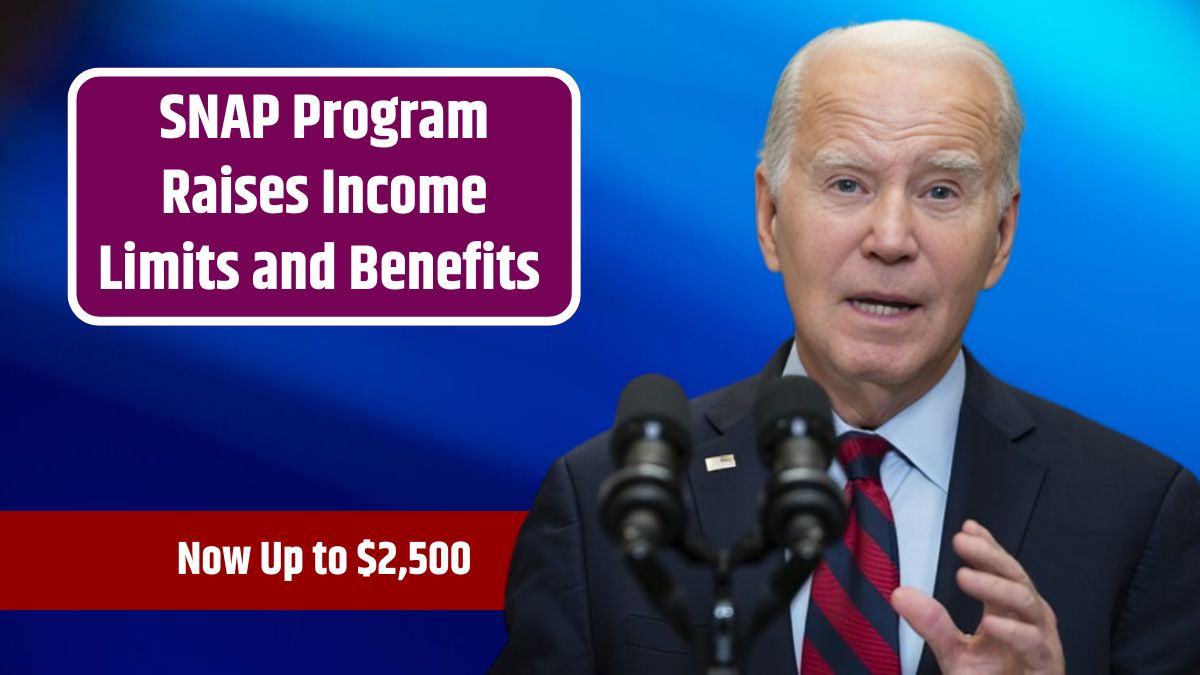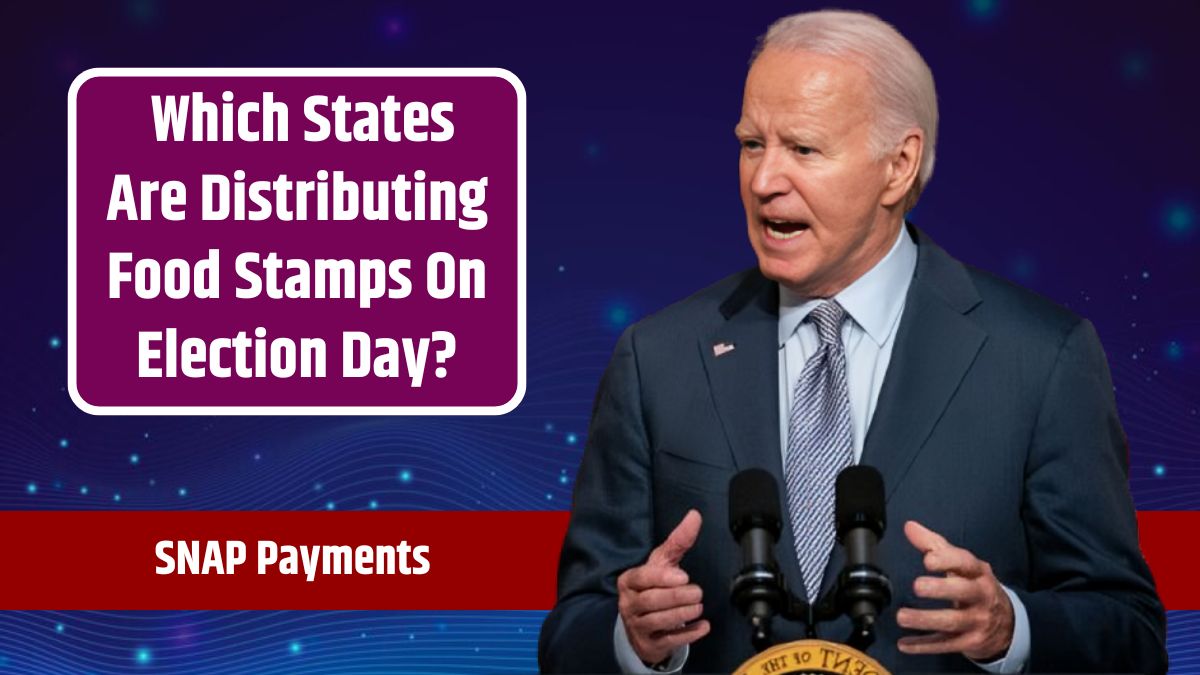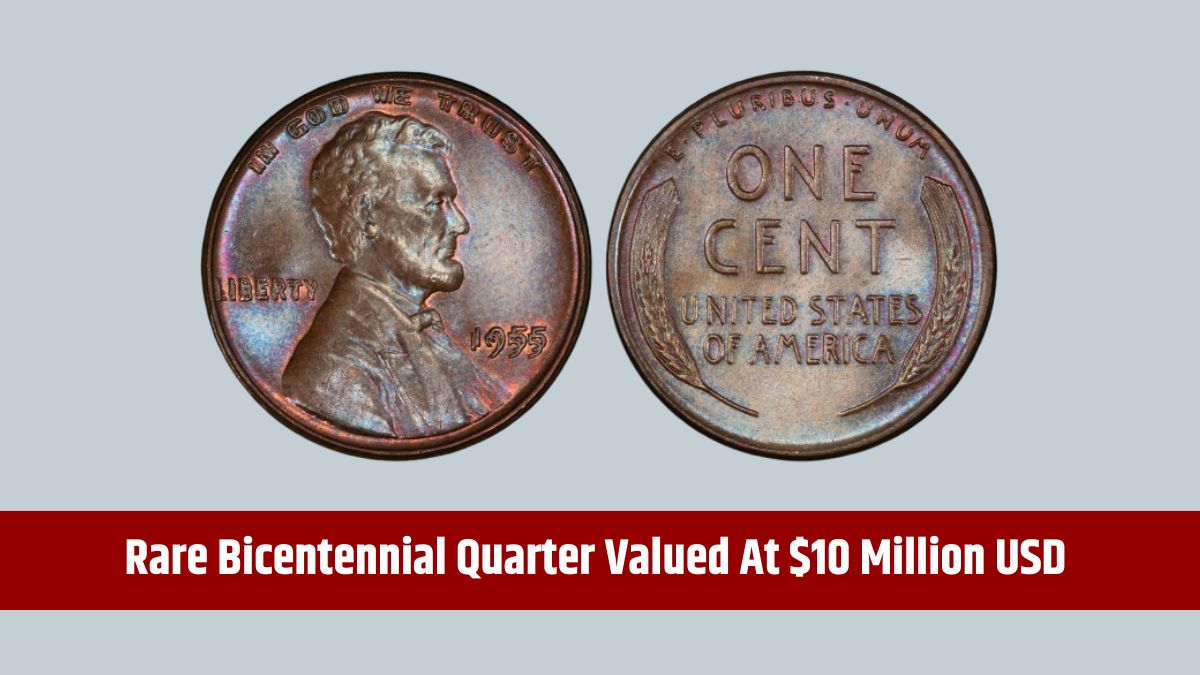The Supplemental Nutrition Assistance Program (SNAP) recently implemented significant updates to income limits and benefit amounts as of October 1. This annual adjustment, known as the cost-of-living adjustment (COLA), is designed to keep SNAP benefits aligned with inflation, making nutritious food more accessible to low-income individuals, families, and eligible students across the United States. Here’s a breakdown of what’s new and how the program is evolving to better support those facing food insecurity.
Eligibility
The recent changes have raised the monthly income threshold for SNAP, expanding access to more individuals and students who may previously have been just above the eligibility line. For a single-person household, the maximum monthly income to qualify for SNAP is now $2,510—a substantial increase from past years. This expanded eligibility particularly benefits students and part-time workers who were often unable to meet previous thresholds.
For students, the eligibility criteria are now more accessible. Students enrolled in six or more undergraduate credits or five graduate credits who meet an additional qualifying condition can apply for SNAP more easily.
According to Julia Morrill, director of the Basic Needs Program at the University of Oregon, the raised income limit has opened new possibilities for students who previously earned slightly above the old threshold, around $1,500 monthly.
Benefits
SNAP benefits are designed specifically for the purchase of food and non-alcoholic beverages. Here’s a list of what you can and can’t buy with SNAP:
| Eligible Items | Ineligible Items |
|---|---|
| Fruits and Vegetables | Tobacco and Alcohol |
| Meat, Poultry, Fish | Hot or Prepared Foods |
| Bread and Cereal | Supplements and Medications |
| Dairy Products | Non-Food Items (e.g., paper products) |
| Non-alcoholic Beverages | Pet Foods |
This means recipients can access fresh fruits, vegetables, dairy, meat, and other essentials, but they cannot use SNAP to buy items like tobacco, alcohol, supplements, or hot foods.
For students on tight budgets, SNAP support can make a significant difference in their access to nutritious food, enhancing their health and academic performance.
How Students Can Apply
The SNAP application process can feel daunting for students, especially due to documentation requirements. Here’s how students can begin:
- Start an Application: Visit the Oregon Department of Human Services website or visit a local DHS office.
- Complete an Interview: After submitting the application, students must complete an interview with a DHS representative, which can be done in person or over the phone.
- Get Support: The Basic Needs Program team at the University of Oregon assists students through the application, helping them with documentation and answering questions about forms.
While the Basic Needs Program can’t complete the application for students, their guidance significantly eases the process, making it simpler for students to apply and get the support they need.
Where to Use
Most grocery stores and supermarkets nationwide accept SNAP benefits, but students may find it convenient to shop at stores near or on their campus. At the University of Oregon, for example, Agate Street Market in Unthank Hall accepts SNAP benefits, allowing students to buy packaged goods and deli items like sandwiches and salads. This on-campus option is a valuable resource for students who spend much of their time on campus and need a quick, healthy option close by.
Special Rules
For students living in university housing with meal plans, SNAP eligibility comes with restrictions. If a meal plan covers more than 51% of a student’s food needs, they may not qualify for SNAP. However, if the meal plan covers less than 50%, the student may qualify for SNAP provided they meet other income and eligibility requirements.
This rule helps prevent overlapping benefits since university meal plans are often structured to provide a substantial portion of students’ dietary needs.
SNAP
SNAP benefits don’t just provide financial relief; they encourage healthier eating habits, especially among students and low-income families. With a focus on fresh foods, SNAP enables beneficiaries to make healthier choices without stressing about their grocery budget. The positive impact on health, focus, and overall well-being is particularly significant for students balancing tight finances and academic demands.
With the increased income limits and benefit adjustments, SNAP remains a vital resource, adapting to meet the needs of Americans facing rising costs of living. As more people become eligible, the program continues to play a crucial role in supporting healthy lifestyles for millions across the country.
FAQs
What is the new income limit for SNAP in 2024?
The income limit for a single person is $2,510 per month.
Can students qualify for SNAP?
Yes, if enrolled part-time and meeting income requirements.
What can SNAP benefits be used to buy?
Fruits, vegetables, dairy, meat, and other essential foods.
Can students with meal plans qualify for SNAP?
If the meal plan covers less than 50% of food needs, they may qualify.
Where can I apply for SNAP as a student?
Applications can be started on the DHS website or local DHS office.








